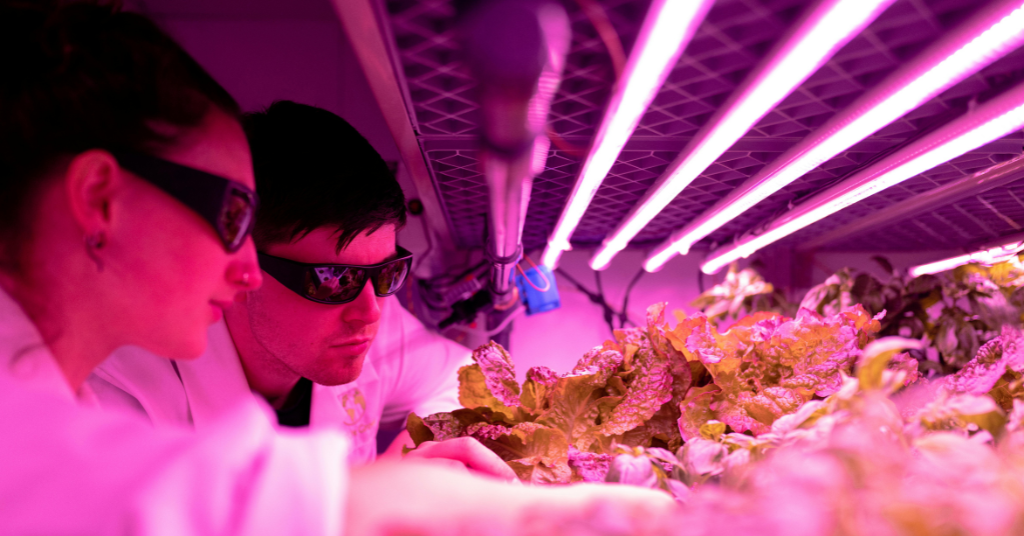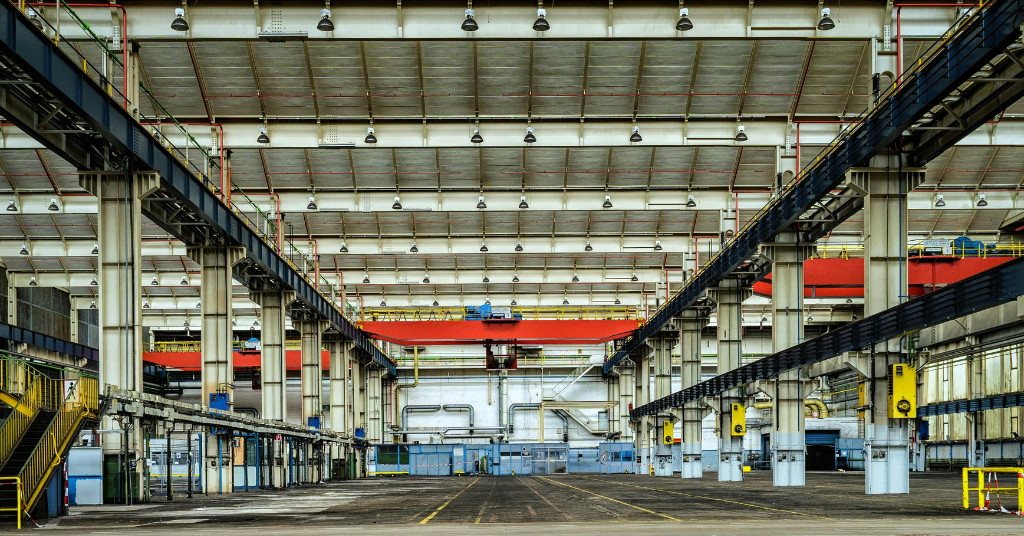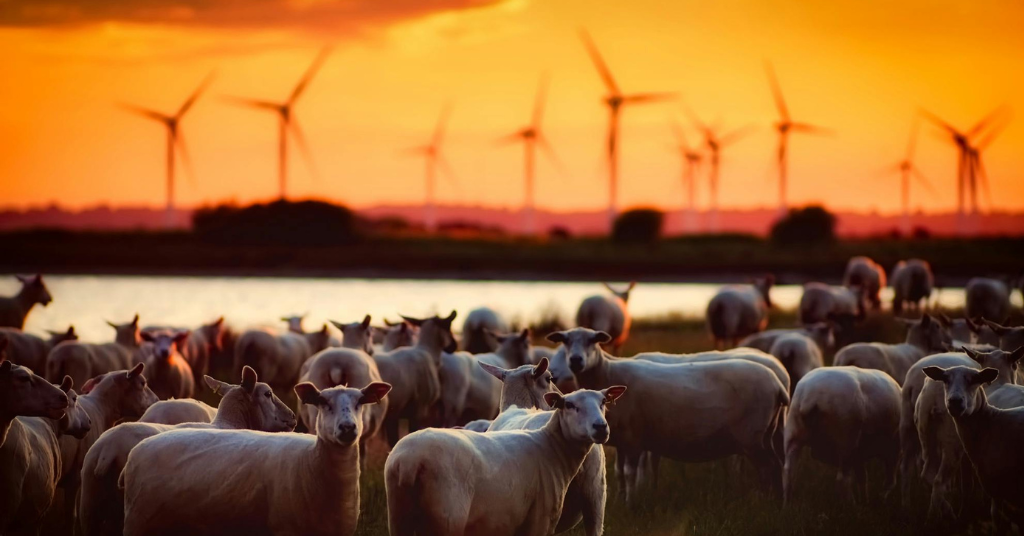Technology is at the heart of the EU’s efforts to meet its Fit for 55 targets. Several groundbreaking innovations are paving the way for a low-carbon future.
1. Carbon Capture and Storage (CCS)
To meet the 55% emissions reduction goal by 2030, the EU is investing heavily in CCS technology. The European Commission estimates that by 2030, CCS could reduce emissions by up to 15%. Countries like Norway and the Netherlands are leading projects to store captured carbon under the North Sea.
2. Green Hydrogen
Hydrogen produced using renewable energy can replace fossil fuels in industries like steel production and heavy transport. The EU’s hydrogen strategy aims for 40 GW of electrolyzers to be installed by 2030, compared to just 1 GW in 2022.
3. Advanced Battery Technology
The EU’s Battery Regulation will push for sustainable battery production, increasing the efficiency of electric vehicles (EVs). The new solid-state battery technology could extend EV range by 50% compared to lithium-ion batteries.
4. Smart Grids and AI-Powered Energy Management
Digital technologies are making energy consumption more efficient. AI-driven smart grids help balance supply and demand, reducing energy waste and stabilizing power costs.

Everyday Impact
- Home Energy Bills: More efficient renewable energy and smart grids could lower electricity costs.
- Transportation: Affordable and longer-range EVs will make switching from fossil fuel cars easier.
- Industry Jobs: Investments in green technology are expected to create high-tech jobs, benefiting engineers and technicians.




